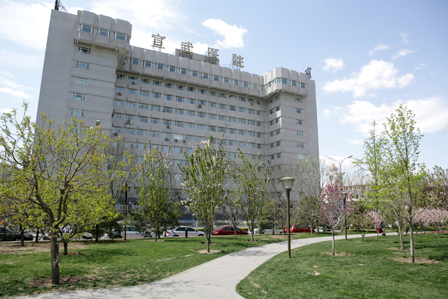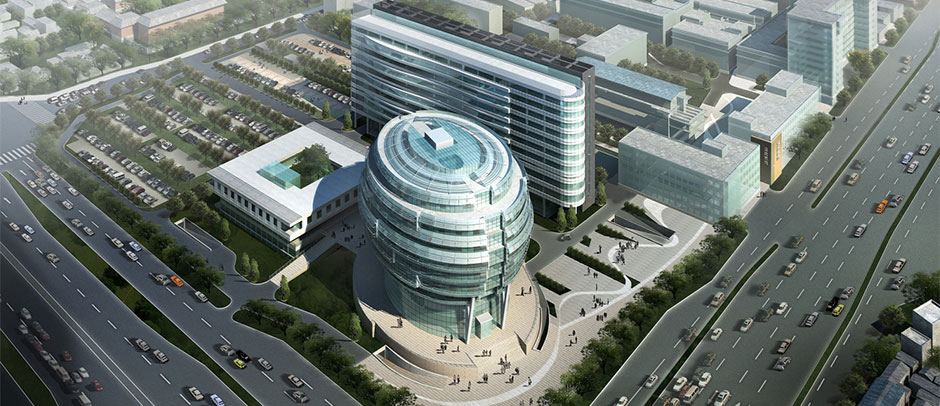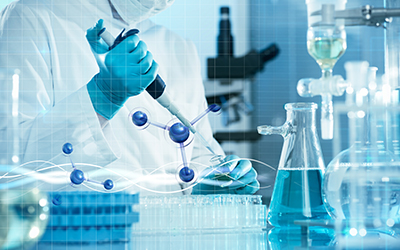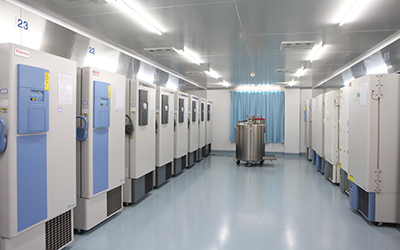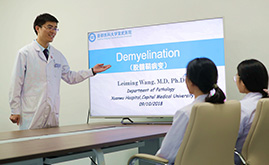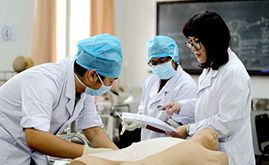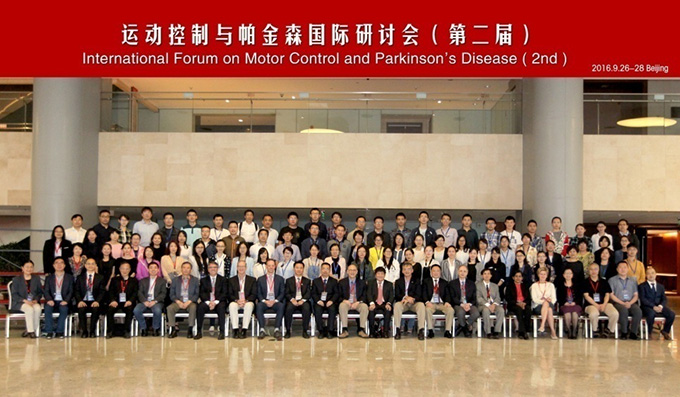The Central Laboratory

The Central Laboratory obtained many national patents.

The Central Laboratory was established in 1994(formerly known as theCentral Instrument Room,and in 2002 it was renamed Central Laboratory. In 2006, the Neurochemical Laboratory mergedintotheCentral Laboratory).Cao Junqing was appointed as the first director of the laboratory; In 2000, He Shida was the director of the laboratory; And in 2016, Wang Rong was appointed as the director. At present, there are 7 staff, including 3 researchers and 4 technicians. The Central Laboratory aims to build a clinical and basic scientific technological platform to provide technical and equipment support for scientific research.
The central laboratory has high performance liquid chromatography, semi-preparative systems, fluorescence microscopy, inverted microscope, microplate reader, full-wavelength ultraviolet spectrophotometer, frozen slicer, 100,000-percent balance, chemiluminescent gel imaging system, cells culture system, peptide synthesizer, freeze dryer, rotary evaporator, cryogenic centrifuge, ultrapure water preparation device, etc., can perform high performance liquid chromatography, cell culture, immunohistochemistry, peptide synthesis and conventional biochemistry experiment. Each year, approximately 30 departments, 50 projects, and more than 3,000 staff and students use this laboratory for scientific research. The central laboratory provides a good technical platform and technical support for the completion of scientific research projects.
The Central Laboratory is a doctoral and master's degree training point in neurobiology, a master's degree training point in biochemistry and molecular biology. It has one doctoral tutor and one master tutor and it has trained 4 postdoctoral fellows, 6 doctoral students, and more than 30 master's students. The Central Laboratory has undertaken National 863 Program, 973 Project, National Natural Science Foundation, Beijing Natural Science Foundation and various projects. Furthermore, it has not only won 6 second prizes for Beijing Science and Technology Achievements and participated in the Second Prize of National Science and Technology Progress Award (The epidemiology, pathogenesis and diagnosis and treatment of dementia and mild cognitive impairment), the first prize of the Ministry of Education Science and Technology Progress, and the first prize of the Science and Technology of the Chinese Medicine Association but also published more than 200 papers in statistical source journals and more than 30 SCI papers. It also had editor-in-chief of 6 academic monographs, obtained 1 medical device registration certificate from the People's Republic of China, and 8 national patents.



